Digital Classroom
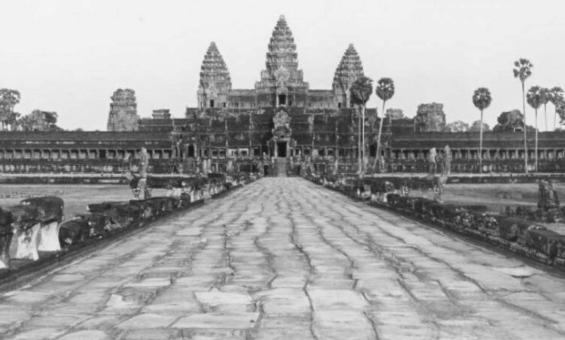
Yves Coffin, [Angkor Wat, view of main temple from western side], nla.gov.au/nla.obj-140376204
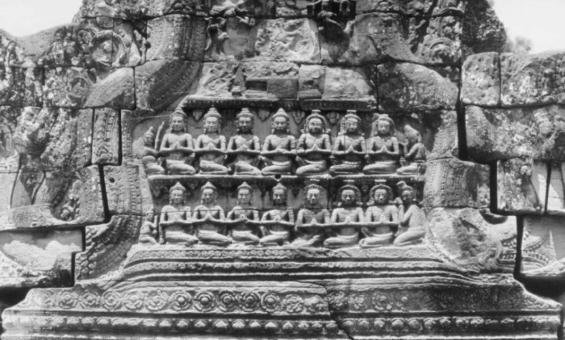
Yves Coffin, [Banteay Kdei, pediment], nla.gov.au/nla.obj-140372605
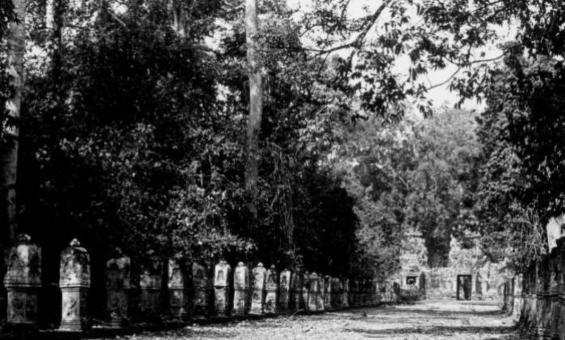
Yves Coffin, [Preah Khan, rows of stone posts lined towards gopura], nla.gov.au/nla.obj-140374253
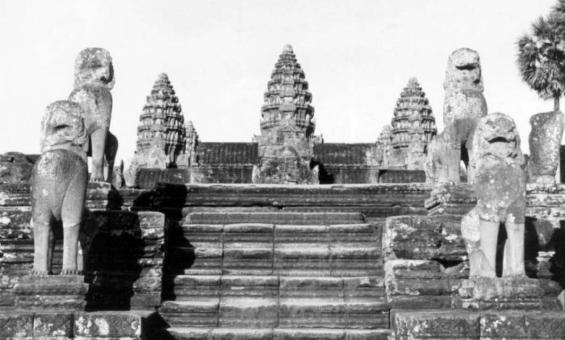
Yves Coffin, [Angkor Wat, perron of main temple and sculptures], nla.gov.au/nla.obj-140376052
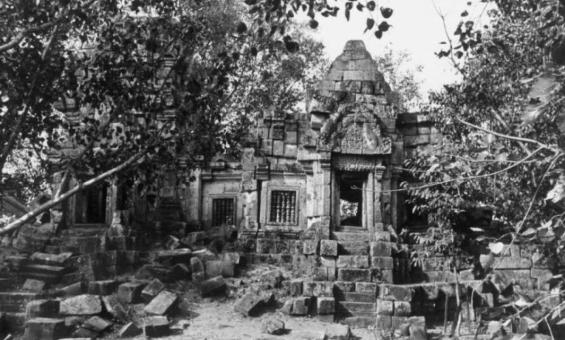
Yves Coffin, [Wat Ek, comprehensive view, southern side], nla.gov.au/nla.obj-140371255
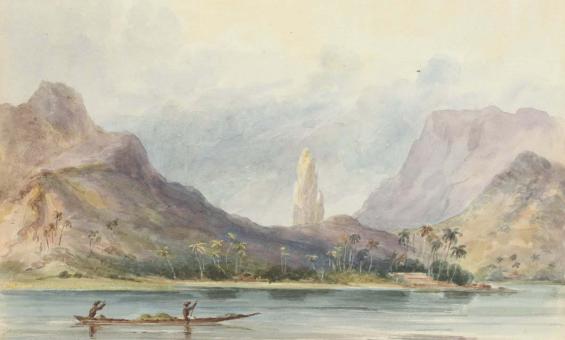
Nicholas Chevalier, (1868), Otaheite [i.e. Tahiti], nla.gov.au/nla.obj-134623111
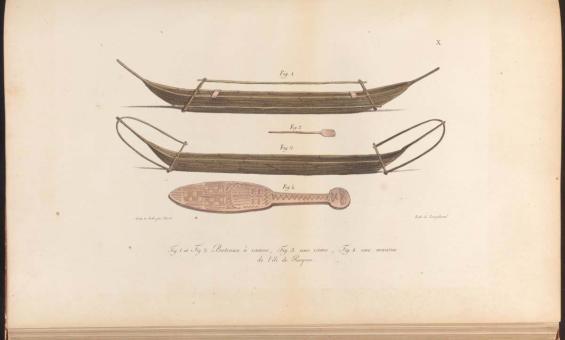
Choris, Louis, 1795-1828. Voyage pittoresque autour du monde & Choris, Louis, 1795-1828. (1822). [Canoes, and a club from Easter Island], nla.gov.au/nla.obj-136165362
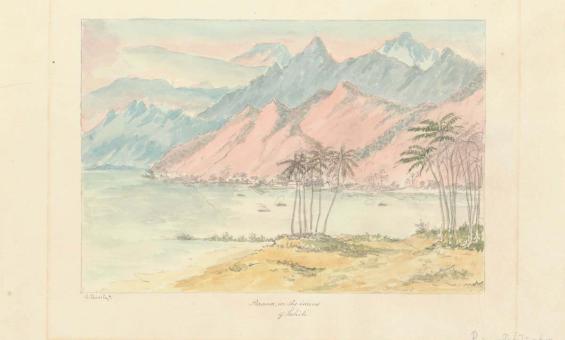
Charles Hamilton Smith & Robert Elwes, Sketcher's tour round the world. Parana in the island of Tahiti, nla.gov.au/nla.obj-136489091
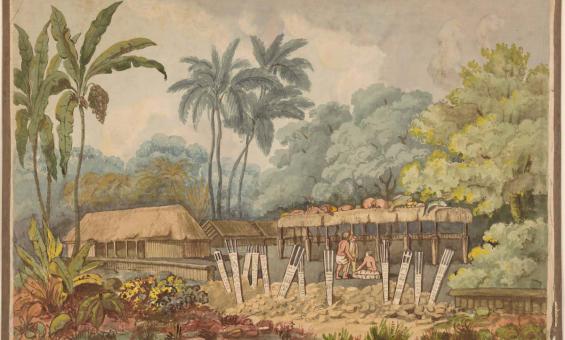
John Williams & John Webber & James Cook, A human sacrifice in a morai in Otaheite, nla.gov.au/nla.obj-136423378
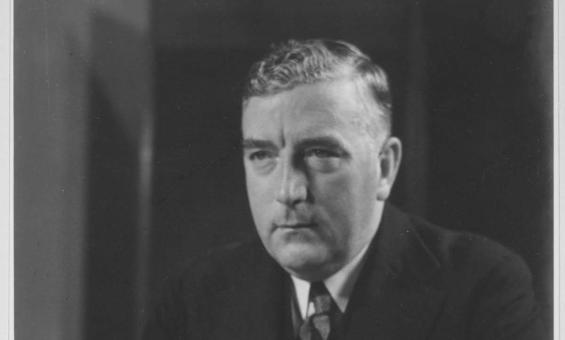
The Rt. Hon. R.G. Menzies P.M. of Australia broadcasting to the nation the news of the outbreak of war, 1939, nla.gov.au/nla.obj-136636422
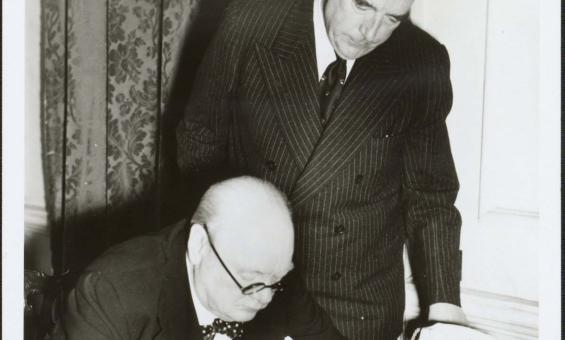
Portrait of Prime Ministers R.G. Menzies and Winston Churchill at Downing Street, London, 1941, nla.gov.au/nla.obj-137388175
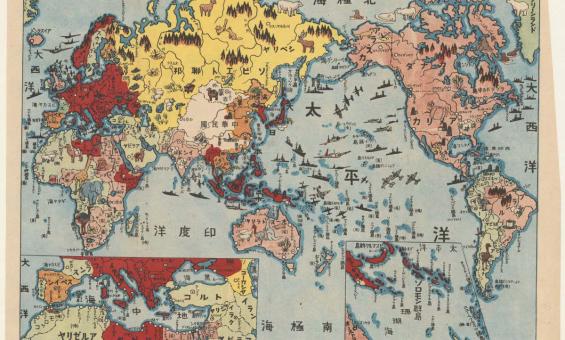
(1942). [Japanese map of World War ll]. nla.gov.au/nla.obj-234704475